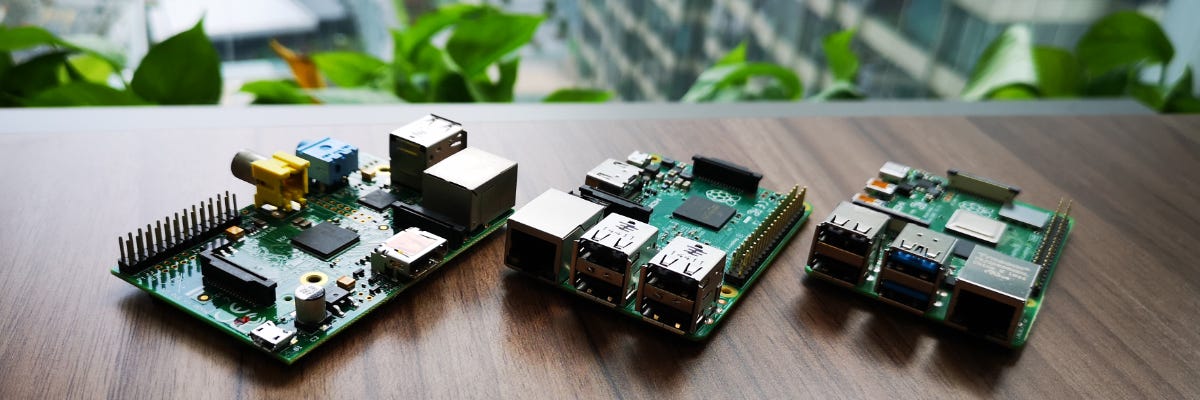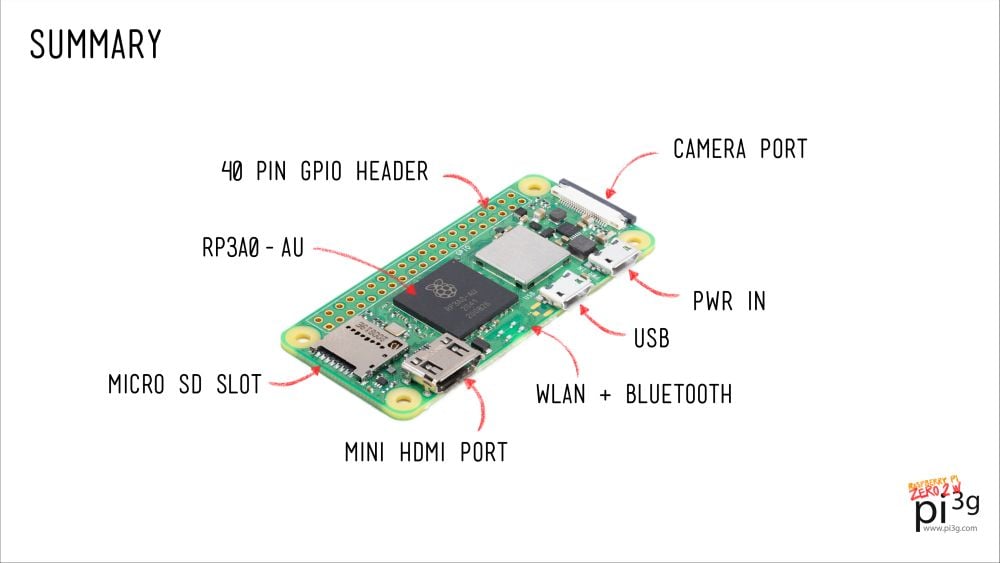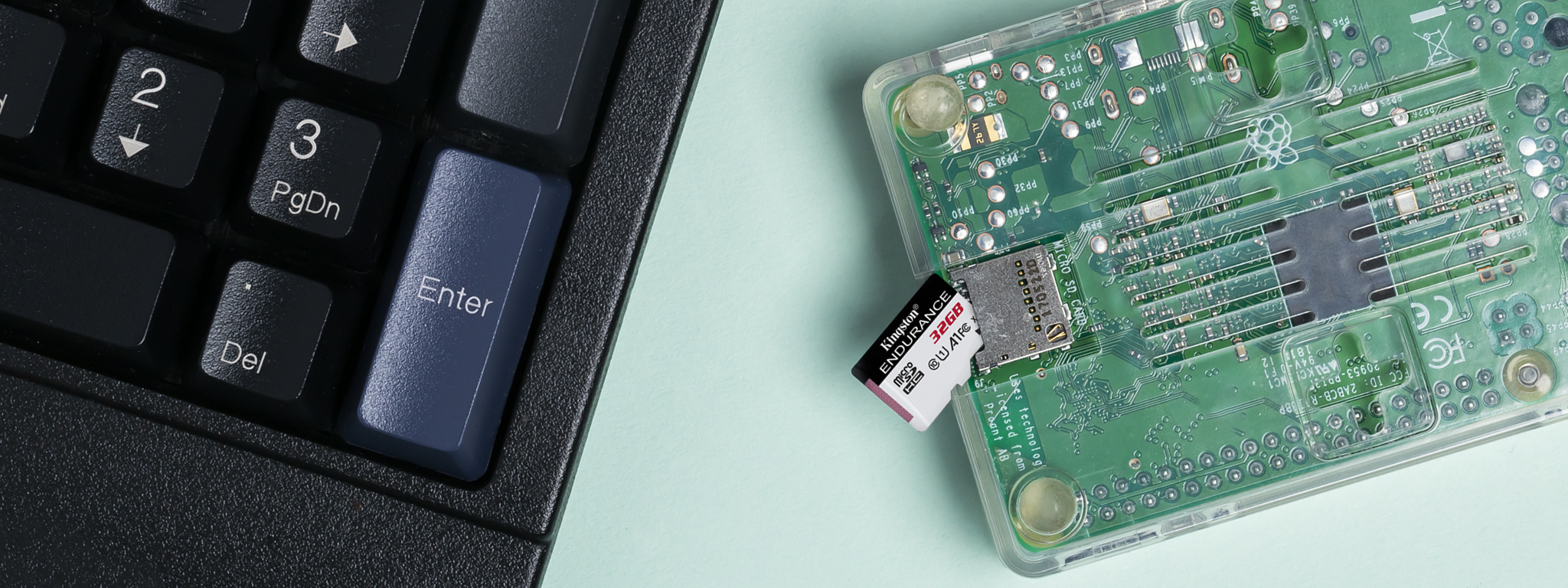
- #Raspberry pi what file system for usb drive format 4 tb how to
- #Raspberry pi what file system for usb drive format 4 tb install
- #Raspberry pi what file system for usb drive format 4 tb free
On Linux, you generally have a /boot, / and swap partition. On Windows, you can have C: and D: for example. PartitionsĪnother thing to understand is “partition”.Īs the name says, a partition is a specific part on the disk. Get all the information on this page if you are interested. You’ll also do your first project with me, just to make sure you are ready for the next level.
#Raspberry pi what file system for usb drive format 4 tb install
I’ll help you use the perfect hardware, plug everything in and install your first system. If you need help getting started on Raspberry Pi, I have an entire course to guide you through your first steps. Most of the time you will use EXT4 to keep your USB drive on Linux / Raspberry Pi OS, and one of the others if you want to make it readable on another platform. Here are the most used file systems right now:Įach file system has its own advantages and disadvantages, but this isn’t the focus of today’s post. Sometimes it may require an additional package, but it is possible. It’s a convention on how files are stored on the disk if you want.Įach operating system has its favorite file system, but Linux, and so Raspberry Pi OS, can read and write any file system. It doesn’t matter if it’s a USB drive, a hard disk or a SD card. File systemsīasically, file systems are the way your files will be saved on the device. Let’s start with a short introduction about everything you need to understand before going further.
#Raspberry pi what file system for usb drive format 4 tb free
If you are lost in all these new words and abbreviations, request my free Raspberry Pi glossary here (PDF format)! It’s the perfect companion for your Raspberry Pi.


It’s a very affordable SSD, so you can use it for backups or Retropie ROMs, but you can also install your system on it. I’ll start with a file system introduction, and then walk you through the 3 steps above.īy the way, if you are looking for an external drive, I highly recommend this one from SanDisk.

In this guide, I’ll explain everything you need to know, so you don’t need any prior knowledge. Then it can be formatted with a tool like Gparted, and Raspberry Pi OS should mount the USB drive automatically after that (on Desktop versions). The first step is to properly identify the device to use (name, partition and file system).
#Raspberry pi what file system for usb drive format 4 tb how to
Today, I’ll show you how to format and mount a USB drive on your Raspberry Pi, whether in terminal or graphic mode. This is especially true if you are on a console-only operating system, like Raspberry Pi OS Lite. It could be something else, depending on your system’s configuration/hardware.Mounting and formatting USB drives on Linux isn’t the easiest thing to do.

SSD or USB flash drive) which has never been used before. This guide assumes you just plugged in a new drive (e.g. Sudo find / -type f -size +10000k -exec ls -lh 'įind the largest folders (in current working directory):įormat a USB-connected drive on the Raspberry Pi in Raspbian Helpful hints for finding large files and folders Storing databases or large file shares onto an external drive instead of the internal microSD card can extend the life and performance of the internal card, since most microSD cards are not made to endure the frequent random access and rewriting required by general computing tasks. Using an external USB drive (whether a traditional spinning-disk drive, an SSD, or a small flash drive) can help-or hinder-the performance of your Raspberry Pi.


 0 kommentar(er)
0 kommentar(er)
